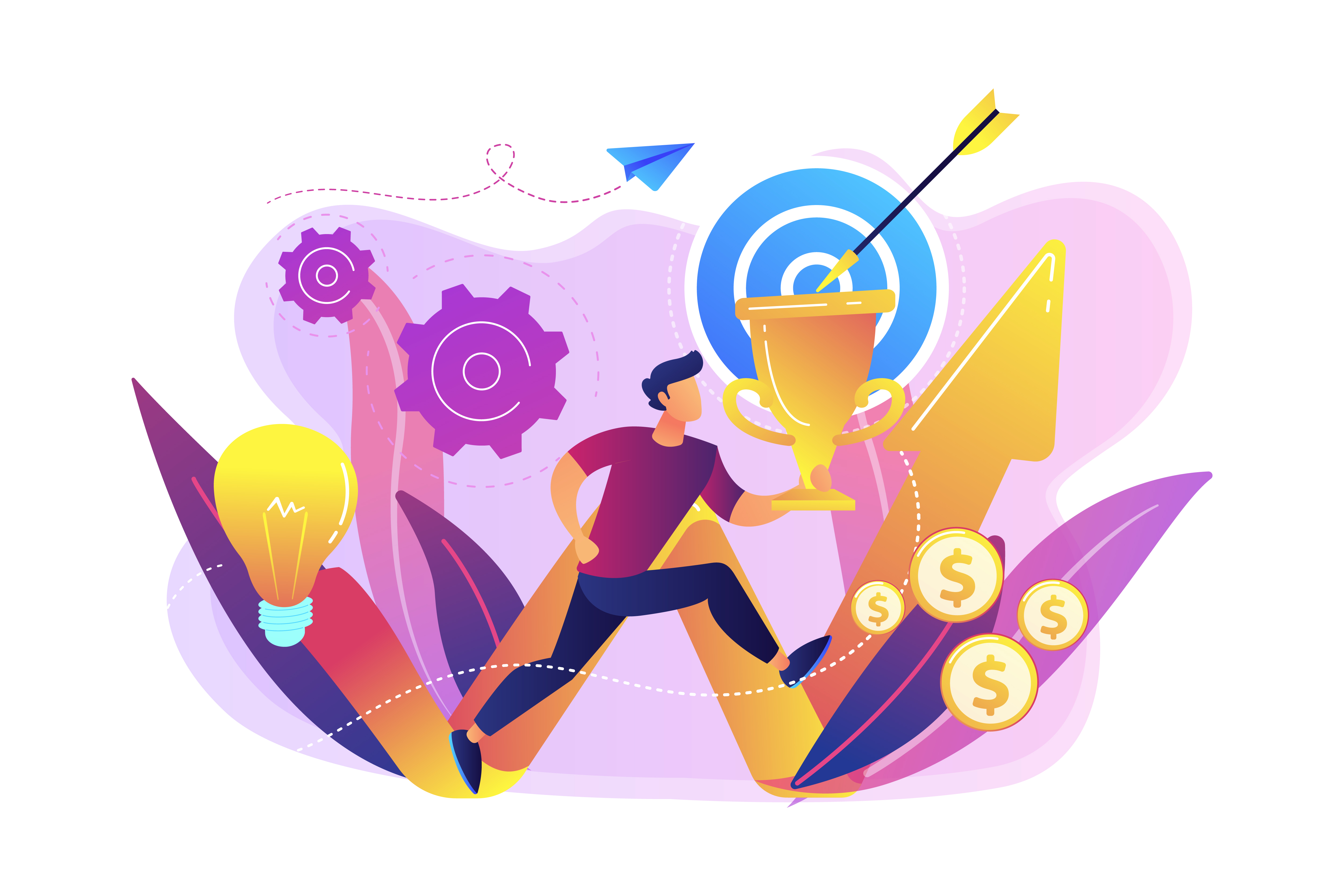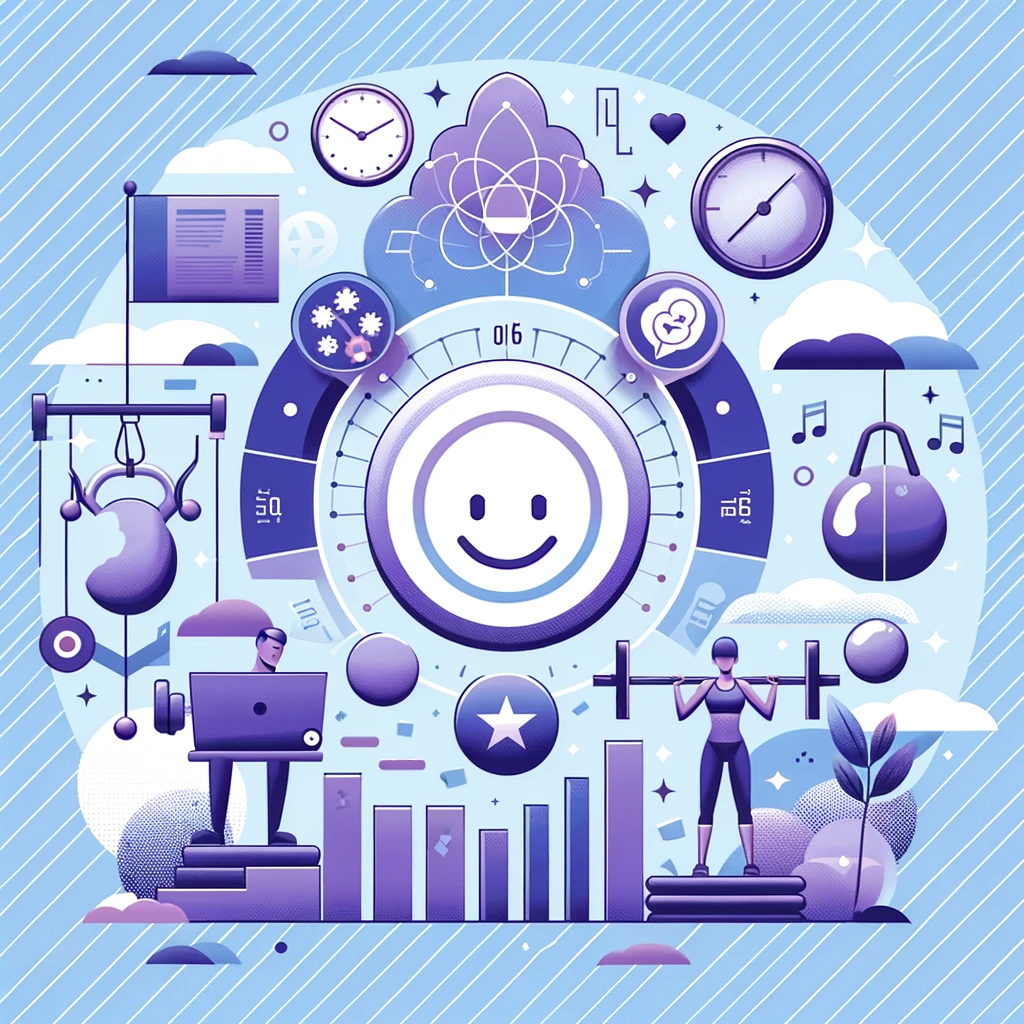How to Foster an Inclusive Workplace for HR Success
In today’s dynamic business landscape, the concept of an inclusive workplace has become more than just a trend; it’s a necessity. An inclusive workplace not only ensures diversity and equity but also maximizes employee engagement and productivity. In this post, we’ll delve into the practical strategies to create a more inclusive workplace. We’ll explore how to foster a work environment where every employee feels valued and empowered.
Building a Foundation for Inclusivity
1. Understanding Inclusivity in the Workplace
Begin by defining what inclusivity means for your organization. Tailor your approach to align with your unique company culture, values, and goals.
2. Leadership Commitment
Emphasize the importance of leadership commitment to inclusivity. Highlight examples of leaders championing diversity and equity within the company.
3. Inclusive Hiring Practices
Discuss strategies to attract a diverse talent pool and avoid biases during the recruitment process. Share practical tips to ensure fair hiring.

Nurturing a Diverse Workforce
1. Employee Resource Groups (ERGs)
Employee Resource Groups, often referred to as affinity groups or employee networks, are voluntary, employee-led organizations within a company. They are formed around shared characteristics or interests, such as gender, race, ethnicity, sexual orientation, age, disability, or even hobbies. ERGs play a significant role in fostering diversity and inclusion within the workplace.
Benefits of ERGs:
Sense of Belonging: ERGs create a sense of belonging and community for underrepresented groups. Employees who might otherwise feel isolated or unheard can connect with like-minded colleagues.
Professional Development: ERGs offer opportunities for personal and professional growth. Members can gain leadership experience, organize events, and develop valuable skills like teamwork and communication.
Resource Sharing: ERGs often serve as a resource hub, providing information, support, and guidance to members. They can help individuals navigate workplace challenges and offer insights on diversity-related issues.
Business Impact: ERGs contribute to the business by helping companies better understand diverse customer demographics and providing input on products and services.
2. Mentorship and Sponsorship Programs
Mentorship and sponsorship programs are instrumental in fostering career development, especially for underrepresented individuals in the workplace.
Implementing Mentorship and Sponsorship Programs:
Identify Participants: Match mentors and mentees or sponsors and protégés based on career goals, skills, and compatibility.
Clear Objectives: Define the objectives and expectations for both mentors/sponsors and mentees/protégés. Ensure alignment with the organization’s diversity and inclusion goals.
Structured Framework: Establish a structured framework for meetings and interactions. Encourage regular communication and goal setting.
Training: Provide training to mentors, sponsors, and mentees on effective mentoring/sponsoring techniques and communication skills.
Measurement: Track the progress and outcomes of mentorship and sponsorship relationships. Collect feedback to make improvements.
Inclusive Work Environment
According to a study conducted by LinkedIn Learning in 2021, 60% of respondents believed that the presence of diversity in their sales team had played a role in their team’s success.
1. Flexible Work Arrangements
Discuss the importance of offering flexible work arrangements to accommodate different needs, including remote work and flexible hours.
2. Inclusive Communication
Highlight the significance of inclusive communication in the workplace. Provide tips on using inclusive language and promoting open dialogue.
3. Accessibility and Accommodations
Share best practices for ensuring physical and digital accessibility for all employees, including those with disabilities.
Training and Development
Overall training and development programs are one of the main reasons people now look at a workplace. A Zippia study demonstrated that 92% of employees acknowledged that well-planned employee training programs have a positive impact on their engagement.
1. Inclusive Training Programs
Inclusive training programs are essential tools for raising awareness and educating employees about diversity, equity, and inclusion (DEI) within the workplace. These programs are designed to foster a greater understanding of DEI issues, promote empathy, and equip employees with the skills and knowledge needed to create an inclusive work environment.
2. Unconscious Bias Training
Unconscious bias training is a specialized component of inclusive training programs that focuses on helping individuals recognize and mitigate their unconscious biases. These biases are automatic and often based on stereotypes, affecting decision-making and behavior without conscious awareness.
Employee Engagement and Retention
Recognition and Rewards
Recognizing and rewarding employees for their contributions is a fundamental aspect of employee engagement and retention and a fundamental skill for leadership roles. It not only acknowledges their hard work and achievements but also reinforces a positive workplace culture.
Feedback and Surveys
Feedback and surveys are invaluable tools for understanding employee sentiment and making continuous improvements in the workplace. The insights gained from these surveys and feedback channels can inform the organization’s ongoing efforts to create an inclusive workplace. Zippia presents compelling statistics to consider: 65% of employees express a desire for more feedback, and companies that prioritize regular employee feedback experience a remarkable 14.9% reduction in turnover rates compared to organizations that do not provide feedback to their employees.
Measuring Inclusivity
1. Key Performance Indicators (KPIs)
Key Performance Indicators (KPIs) are quantifiable metrics that HR professionals can use to assess the impact of inclusivity initiatives. These KPIs help organizations track progress and identify areas that require attention. Here are some common KPIs related to inclusivity:
- Workforce Diversity Metrics;
- Employee engagement;
- Promotion and advancement;
- Employee resource group engagement;
- Diversity training and education;
- Supplier diversity.
2. Regular Assessments
To conduct regular assessments effectively, organizations may use employee surveys, focus groups, interviews, and data analysis to gather insights and identify trends. These assessments should be integrated into the organization’s broader diversity and inclusion strategy, ensuring that inclusivity remains a priority and that adjustments are made as needed to create a more diverse, equitable, and inclusive workplace.
Conclusion
In conclusion, creating a more inclusive workplace is a journey that requires dedication, continuous effort, and a commitment from all levels of an organization. HR professionals can take significant steps toward fostering inclusivity, diversity, and equity in their workplace. In doing so, they not only create a positive employee experience but also position their organization for long-term success in an ever-evolving business landscape.








